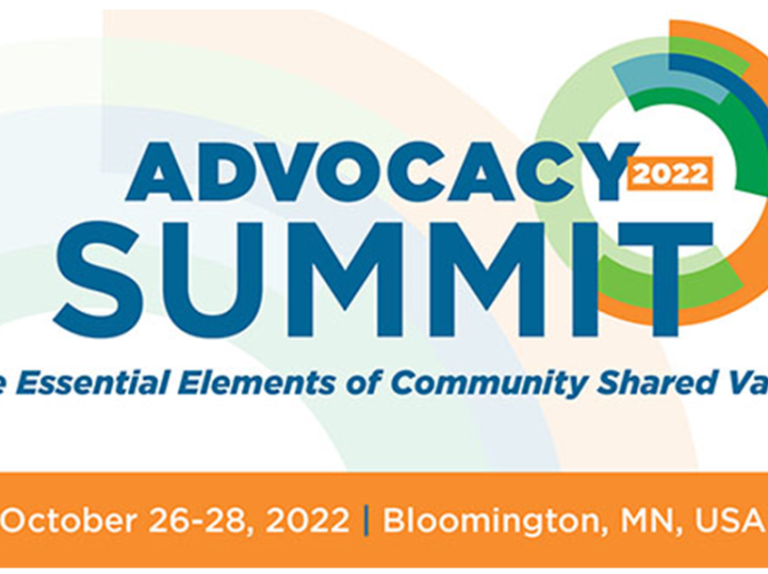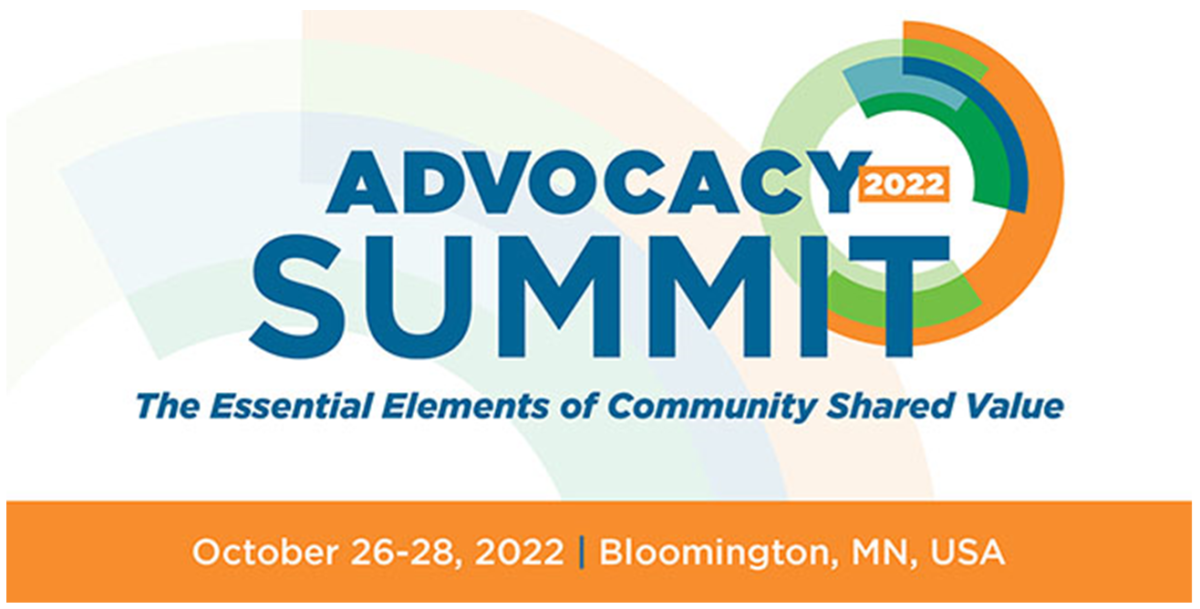
By: Jack Johnson, Destinations International
Last month, as part of an all-staff strategic planning session, I laid out a few things that I saw as some core understandings of any overall strategy we would develop. One of them was something we had learned as we navigated through the onslaught of the COVID-19 Pandemic. It was simple. Identify what is essential for our members in order to maintain our focus on our mission.

During the pandemic, with the future uncertain and our staff reduced by almost half, we needed to set aside many of the projects and activities we had been engaged in so we could deliver what was most important. Every week, and often every day, we would discuss what we were working on, what ideas we had, and projects we could tackle, and every one of them was measured against one question – is this essential for our members to survive? Things that were interesting, nice to have, or represented bells and whistles were immediately rejected as we concentrated on what was essential.
As we got our pandemic footing, we began to talk about doing fewer, better things. I even wrote a blog about the concept. As I explained, “To some extent, that is what we have all been trying to do this year (2020) with fewer staff and fewer resources and fewer visitors but a new and important role within our community. It has all been overwhelming at times. And when you are overwhelmed -- with all expectations and responsibilities placed on you -- the most important thing is to stop and try to get some clarity. We needed to figure out what matters most, what was essential to do, what was the help our community needed, so we could do those fewer, better things. And to a great extent we did.”

The theme for this year’s Advocacy Summit is “The Essential Elements of Community Shared Value.” It builds off that concept of fewer, better things. What is essential? What is a priority? What will make the biggest difference? What are the core elements of our brand? What is driven by our values?
At the summit, we will delve into four main areas: Measurements, Civic Issues, Lexicon/Messaging, and Grassroots/Engagement. Each one has a focus on our communities’ residents. Through the information presented, peer-to-peer sharing, and some old-fashioned roll-up-your-sleeves workshops, we will dig into the essential elements of being a community shared value, how to express them in these four areas and then act upon that in our communities.
In preparation for the Advocacy Summit, I urge you to review a couple previous blogs including the concept of What Is a Community Shared Value? And the Core Values of Becoming a Community Shared Value. Everything we do springs from there.

